Home>Technology>Security & Surveillance>How To Lock A Cupboard Door
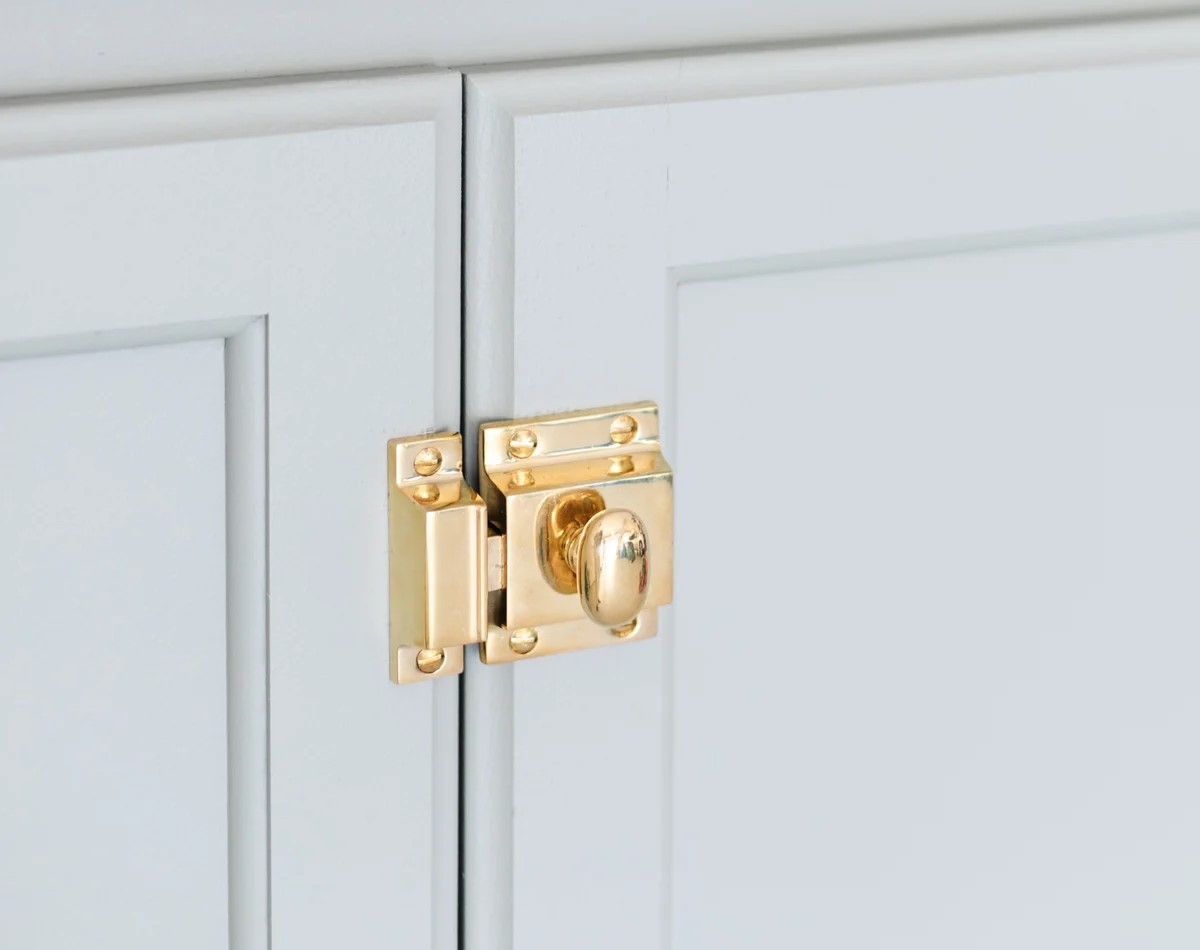

Security & Surveillance
How To Lock A Cupboard Door
Modified: January 5, 2024
Learn effective methods for securing your cupboard door with our comprehensive guide on security and surveillance. Keep your belongings safe and secure with these expert tips and techniques.
(Many of the links in this article redirect to a specific reviewed product. Your purchase of these products through affiliate links helps to generate commission for Storables.com, at no extra cost. Learn more)
Introduction
Securing your belongings is a fundamental aspect of maintaining a safe and organized living or working space. Whether you are safeguarding personal items, sensitive documents, or hazardous materials, the ability to lock a cupboard door effectively is essential. In this comprehensive guide, we will explore the step-by-step process of selecting the right lock, installing it securely, and testing its functionality to ensure maximum security. By following these guidelines, you can gain peace of mind knowing that your cupboard contents are protected from unauthorized access.
A reliable lock serves as the first line of defense against theft, unauthorized access, and potential safety hazards. Whether you are a homeowner, a business owner, or a facility manager, understanding the nuances of selecting and installing a cupboard lock is crucial for maintaining a secure environment. This article will provide valuable insights into the various types of locks available, the considerations for choosing the most suitable option, and the proper installation techniques to ensure optimal functionality.
In addition to the practical aspects of lock selection and installation, we will delve into the importance of testing the lock to verify its effectiveness. A thorough understanding of this process is vital for identifying any potential vulnerabilities and ensuring that the lock operates as intended. By following the steps outlined in this guide, you will be equipped with the knowledge and skills to secure your cupboard door effectively, thereby enhancing the overall safety and security of your space.
Whether you are a seasoned DIY enthusiast or a novice in the realm of home improvement, this guide is designed to provide clear and actionable insights that can be easily implemented. By empowering yourself with the knowledge and techniques presented here, you can take proactive measures to fortify the security of your cupboard and its contents. Let's embark on this journey to discover the art of securing a cupboard door with confidence and precision.
Key Takeaways:
- Choose the right lock by considering the type of cupboard, security needs, and aesthetic integration. This ensures maximum security and seamless integration with your space.
- Install and test the lock with precision to guarantee its effectiveness. Follow manufacturer guidelines, conduct thorough testing, and address any issues for a secure and reliable cupboard lock.
Read more: What Is Cupboard
Step 1: Choosing the Right Lock
When it comes to securing a cupboard door, selecting the right lock is a critical decision that directly impacts the overall security of the contents within. With a myriad of options available in the market, it is essential to consider various factors to ensure that the chosen lock aligns with your specific security needs and the type of cupboard you intend to secure.
Consider the Type of Cupboard: The first step in choosing the right lock is to assess the type of cupboard you have. Whether it’s a wooden cabinet, a metal storage unit, or a glass display case, the material and construction of the cupboard play a significant role in determining the most suitable lock. For instance, a wooden cupboard may accommodate traditional key-based locks or electronic keypad locks, while a glass display case might require a more discreet locking mechanism to maintain aesthetic appeal.
Assess Security Needs: Understanding the level of security required for the cupboard contents is crucial in selecting an appropriate lock. For high-value items or sensitive documents, a robust lock with advanced security features, such as biometric access control or electronic smart locks, may be necessary. On the other hand, a basic key lock or combination padlock may suffice for general storage purposes.
Explore Locking Mechanisms: The market offers a diverse range of locking mechanisms, each catering to specific security preferences and convenience factors. Traditional key locks provide reliable security but require the physical presence of the key for access. Electronic locks, on the other hand, offer keyless entry and may include additional features such as remote access and audit trails, enhancing overall security and control.
Consider Accessibility: It’s essential to consider who needs access to the cupboard and how frequently access is required. For shared spaces or offices, a lock with multiple user codes or key duplication capabilities may be advantageous. In contrast, for personal storage or restricted access areas, a lock with limited key distribution or unique access codes can bolster security.
Evaluate Aesthetic Integration: Beyond security functionality, the visual impact of the lock on the cupboard’s appearance should also be taken into account. The chosen lock should seamlessly integrate with the design and aesthetics of the cupboard, complementing its overall look without compromising security.
By carefully considering these factors, you can narrow down the options and identify the most suitable lock for your specific cupboard security needs. The next step involves the precise installation of the chosen lock to ensure its effectiveness and reliability.
Step 2: Installing the Lock
Once you have selected the appropriate lock for your cupboard, the next crucial step is to ensure its secure and proper installation. Whether you opt for a traditional key lock, an electronic keypad lock, or any other locking mechanism, the installation process demands precision and attention to detail to guarantee the effectiveness of the lock. Let’s explore the essential steps involved in installing a cupboard lock:
Gather the Necessary Tools: Before commencing the installation, gather the required tools such as a drill, screwdriver, measuring tape, and any specific tools recommended by the lock manufacturer. Ensuring that you have the right tools at your disposal will streamline the installation process and minimize the risk of errors.
Prepare the Cupboard Surface: Clear the area where the lock will be installed, ensuring that it is clean and free from any obstructions. Depending on the type of lock and cupboard material, you may need to mark drilling points or make minor adjustments to accommodate the lock mechanism.
Follow Manufacturer Guidelines: Refer to the installation instructions provided by the lock manufacturer. These guidelines are tailored to the specific lock model and offer detailed insights into the installation process, including recommended drill bit sizes, screw lengths, and other pertinent details.
Mark Drill Points: Use a pencil or marker to indicate the precise points where holes need to be drilled for mounting the lock components. Double-check the measurements and markings to ensure accuracy before proceeding with the drilling process.
Drill Pilot Holes: With the aid of a drill and the appropriate drill bit, carefully create pilot holes at the marked points. Exercise caution to prevent splintering or damage to the cupboard surface, especially if it is made of wood or other delicate materials.
Secure the Lock Components: Following the manufacturer’s instructions, affix the lock components in their designated positions using the provided screws or fasteners. Ensure that the components are aligned correctly and firmly secured to guarantee smooth operation and durability.
Test the Lock Functionality: Once the lock is installed, perform a preliminary test to ensure that it functions as intended. Test the key insertion, electronic keypad input, or any other operational features to verify that the lock operates smoothly and securely.
By meticulously following these installation steps and adhering to the manufacturer’s guidelines, you can effectively install the chosen lock on your cupboard door, reinforcing its security and providing controlled access to the contents within. With the lock securely in place, the final step involves testing its functionality to validate its reliability.
Install a simple slide bolt lock on the cupboard door to secure it. Make sure to position the lock high enough so that it’s out of reach of small children.
Step 3: Testing the Lock
After the successful installation of the lock, it is crucial to conduct comprehensive testing to ensure its functionality and reliability. Thorough testing serves as a proactive measure to identify any potential issues or vulnerabilities, providing an opportunity to address them before relying on the lock for securing valuable contents. Let’s delve into the essential aspects of testing a newly installed cupboard lock:
Operational Testing: Begin by testing the basic operational functions of the lock. If it is a key-based lock, check the key insertion and turning mechanism to ensure smooth operation without any resistance. For electronic keypad locks, test the input of access codes and the responsiveness of the keypad or touch interface.
Lock Engagement: Verify that the lock engages securely when activated. Whether it’s a bolt, latch, or electronic locking mechanism, confirm that it fully extends and securely fastens the cupboard door in the locked position. This step is crucial for preventing unauthorized access due to incomplete locking.
Key Retrieval and Storage: If the lock utilizes keys, ensure that they can be inserted and retrieved effortlessly. Test the key removal process to confirm that it does not pose any challenges or risks of breakage. Additionally, establish a designated and secure location for storing the keys to prevent misplacement or unauthorized access.
Electronic Access Control: For electronic locks, thoroughly test the access control features, including the input of user codes, the management of access permissions, and any additional functionalities such as remote access or integration with security systems. Verify that the electronic components operate reliably and consistently.
Resistance and Durability: Apply moderate pressure to the locked cupboard door to assess the resistance and durability of the installed lock. This step simulates potential tampering or forced entry attempts, allowing you to evaluate the lock’s ability to withstand external pressure and maintain its integrity.
Accessibility and User Experience: Consider the overall accessibility and user experience associated with the lock. If the cupboard is intended for shared access, gather feedback from users regarding the ease of operation and any potential concerns. Addressing user experience early on can prevent future usability issues.
Functional Adjustments: If any issues or inconsistencies are identified during testing, such as difficulty in locking or unlocking, address them promptly. This may involve minor adjustments to the lock components, lubrication of moving parts, or recalibration of electronic features to optimize functionality.
By conducting rigorous testing and addressing any identified issues, you can instill confidence in the reliability of the installed lock, ensuring that it effectively safeguards the contents of the cupboard. Thorough testing serves as a proactive measure to preemptively resolve any potential concerns and maintain the overall security of the secured space.
Conclusion
Securing a cupboard door with a reliable lock is a fundamental aspect of maintaining a safe and organized environment, whether at home, in a business setting, or within a facility. By following the comprehensive steps outlined in this guide, you can navigate the process of selecting the right lock, installing it with precision, and thoroughly testing its functionality to ensure maximum security.
Choosing the right lock involves a thoughtful consideration of various factors, including the type of cupboard, security needs, locking mechanisms, accessibility requirements, and aesthetic integration. By carefully assessing these elements, you can narrow down the options and identify a lock that aligns with your specific security objectives and operational preferences.
Once the appropriate lock is chosen, the installation process demands meticulous attention to detail, adherence to manufacturer guidelines, and thorough testing to ensure the lock is securely affixed and functions as intended. Whether it’s a traditional key lock or a sophisticated electronic keypad lock, precise installation is paramount to its effectiveness in safeguarding the cupboard contents.
Thorough testing serves as the final checkpoint in the process, allowing you to validate the operational functionality, engagement reliability, key retrieval ease, resistance to tampering, and overall user experience associated with the installed lock. By addressing any identified issues and optimizing the lock’s performance, you can establish a secure and controlled access environment for the contents within the cupboard.
Ultimately, the art of securing a cupboard door lies in the seamless integration of a robust and well-suited lock, tailored to the specific security needs and operational dynamics of the space. By leveraging the insights and techniques presented in this guide, you can fortify the security of your cupboard and its contents, fostering a sense of confidence and peace of mind.
Embracing the proactive approach of selecting, installing, and testing a cupboard lock empowers you to take charge of the security landscape within your living or working space. As you embark on this journey, may the knowledge and skills acquired from this guide serve as a catalyst for enhancing security, promoting organization, and preserving the integrity of your valued possessions.
Frequently Asked Questions about How To Lock A Cupboard Door
Was this page helpful?
At Storables.com, we guarantee accurate and reliable information. Our content, validated by Expert Board Contributors, is crafted following stringent Editorial Policies. We're committed to providing you with well-researched, expert-backed insights for all your informational needs.
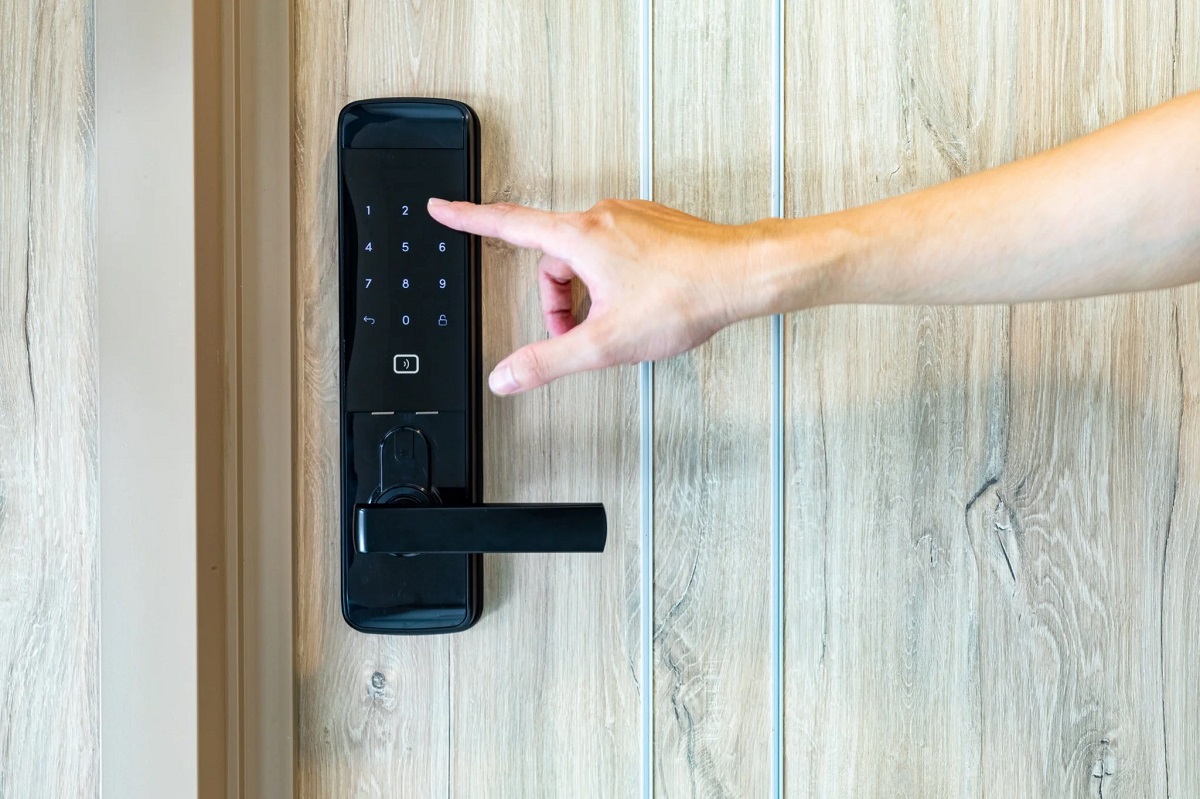
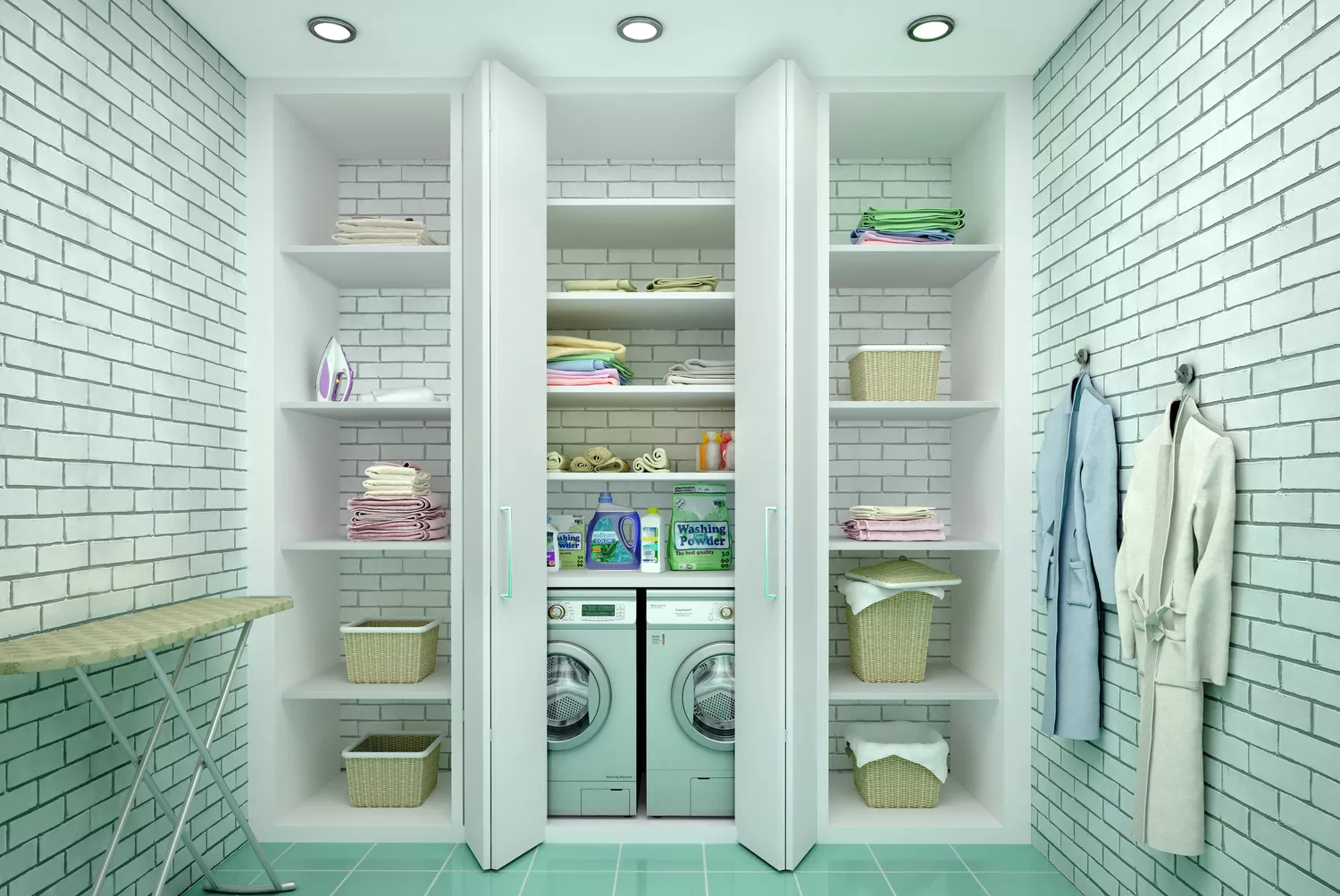

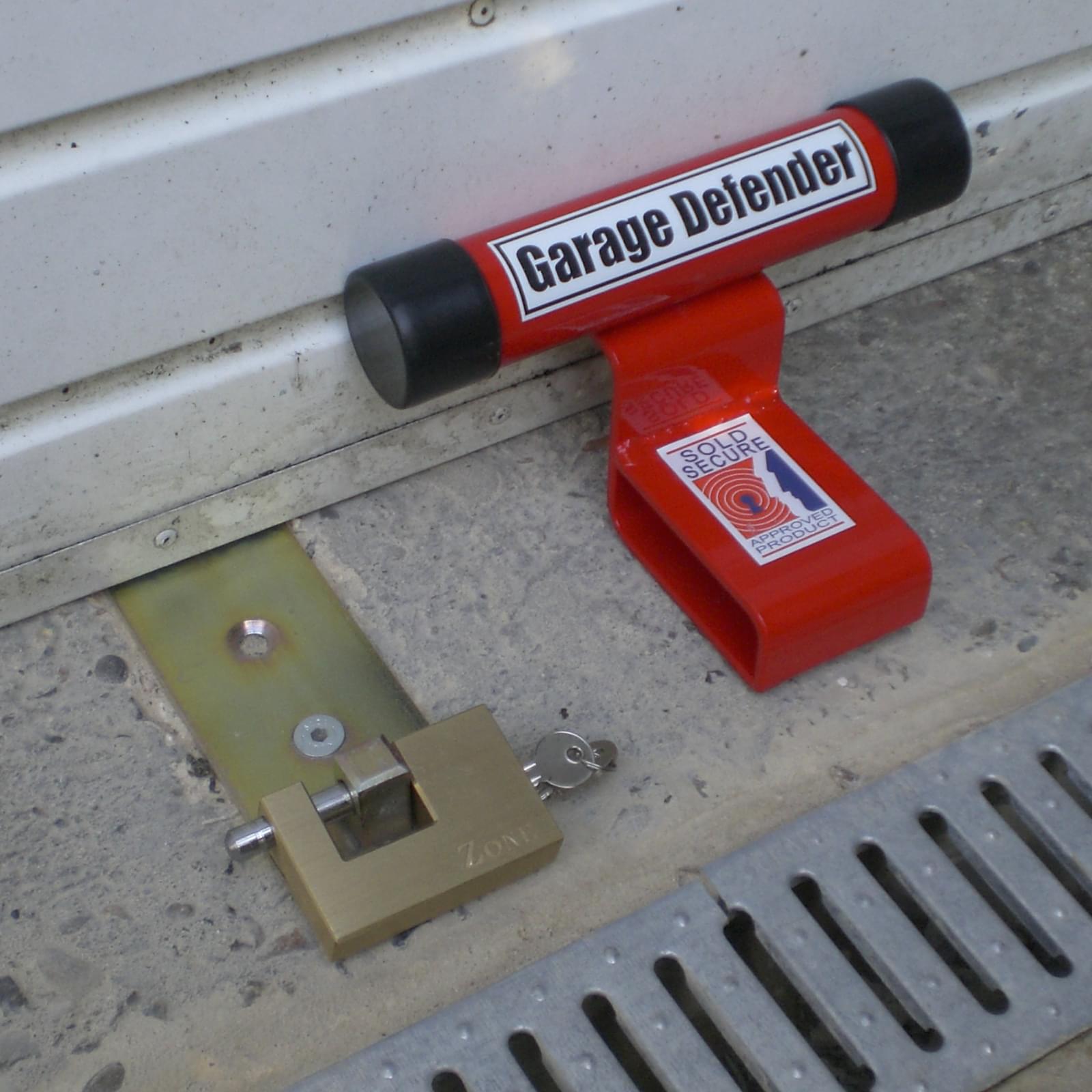
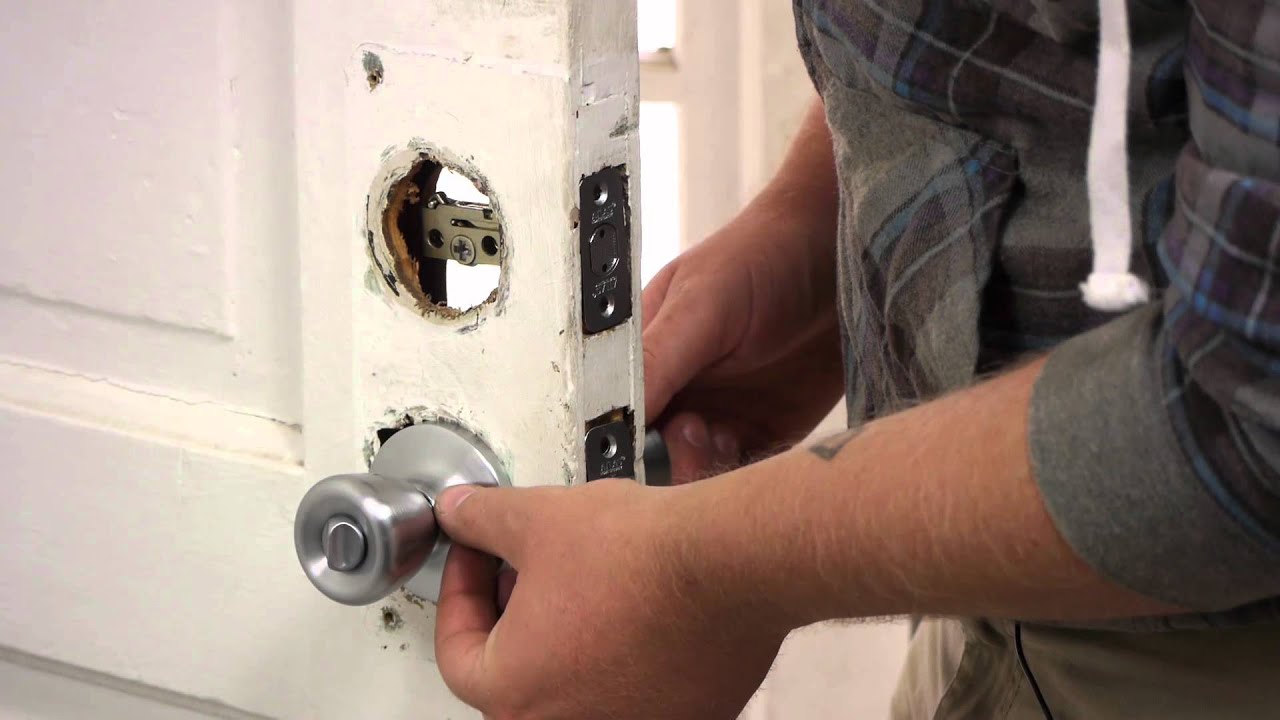
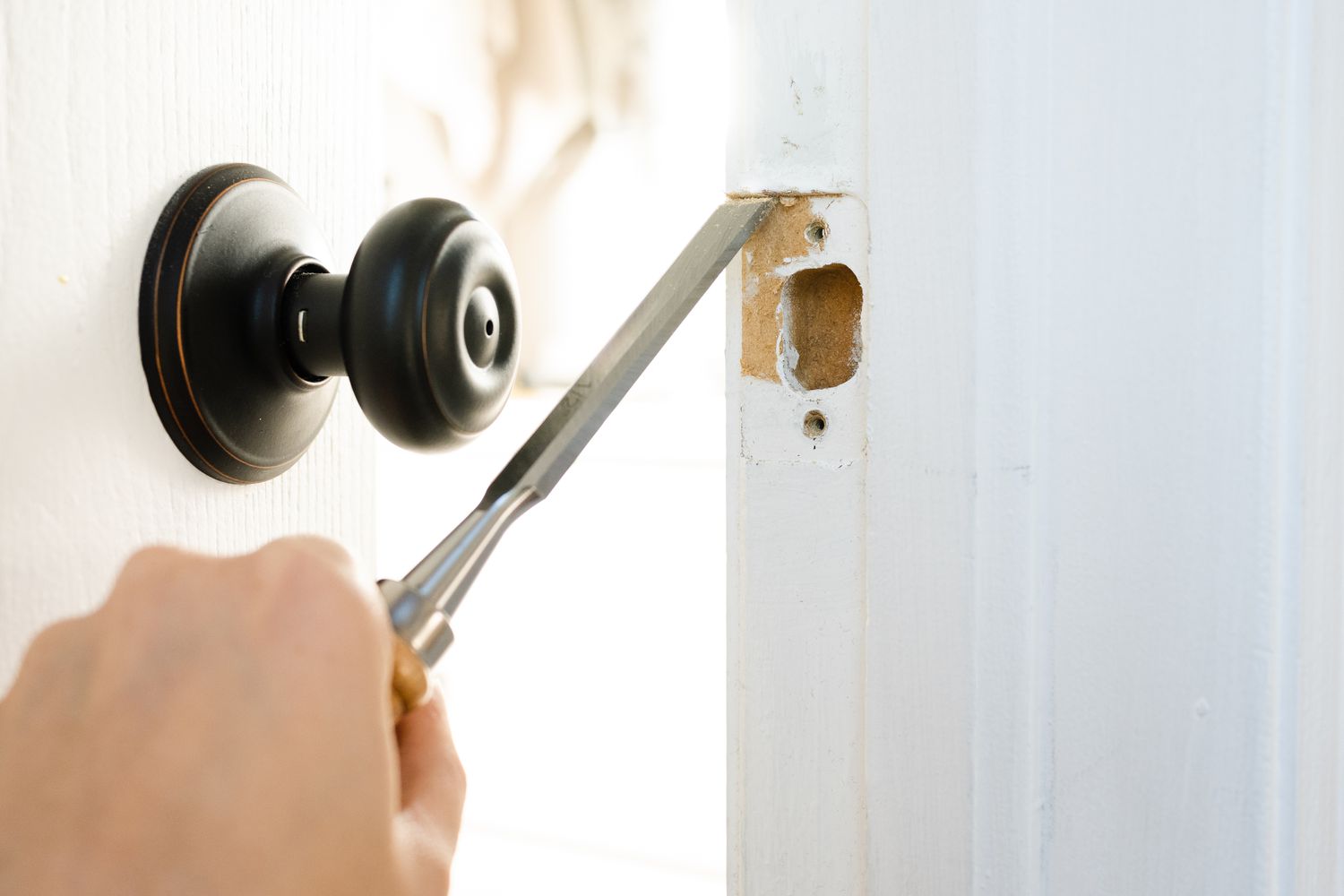
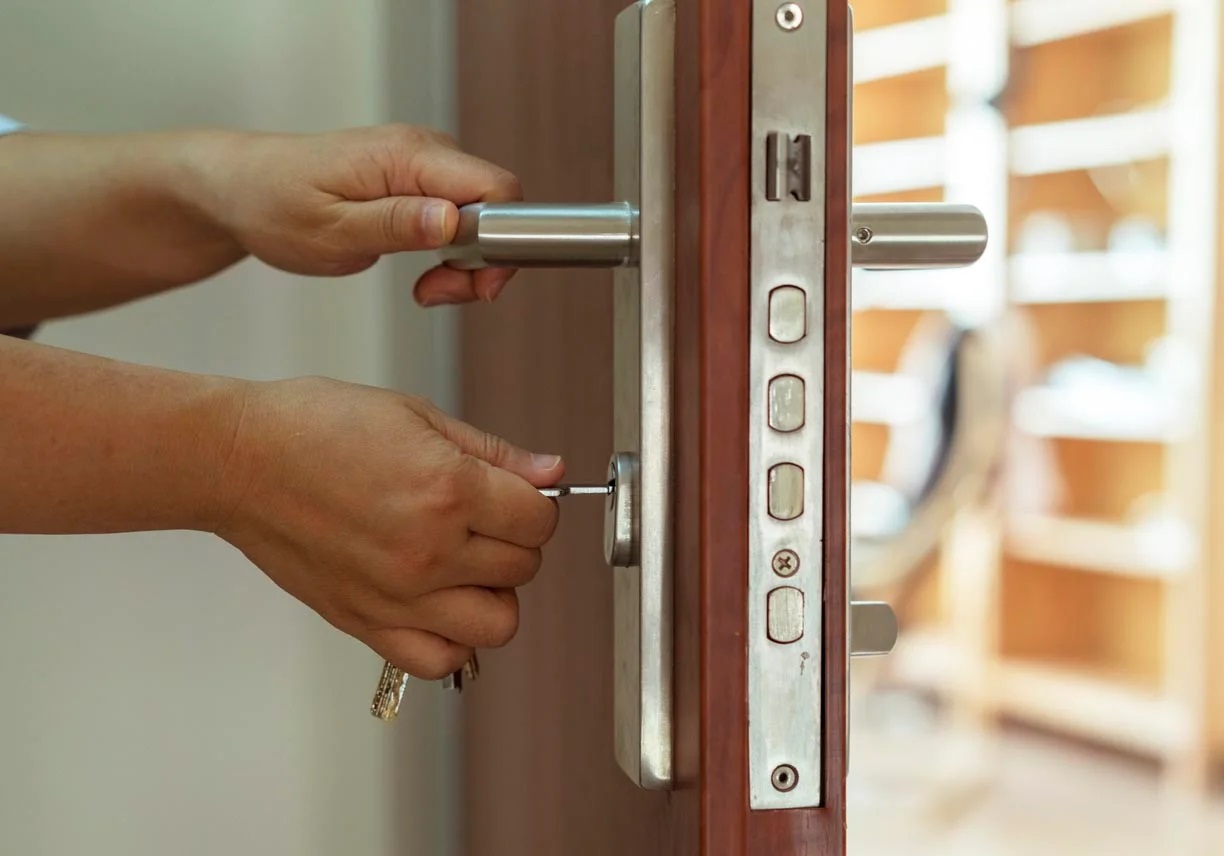
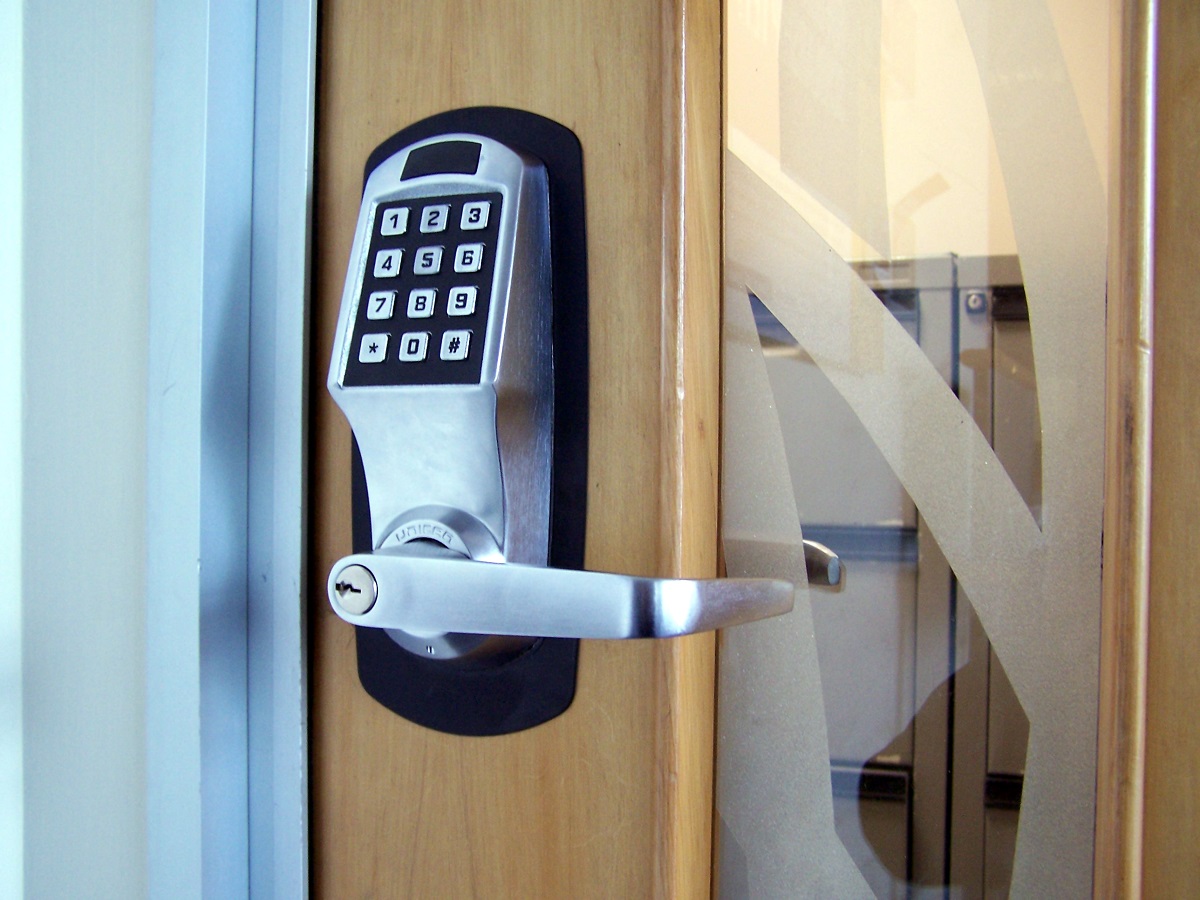
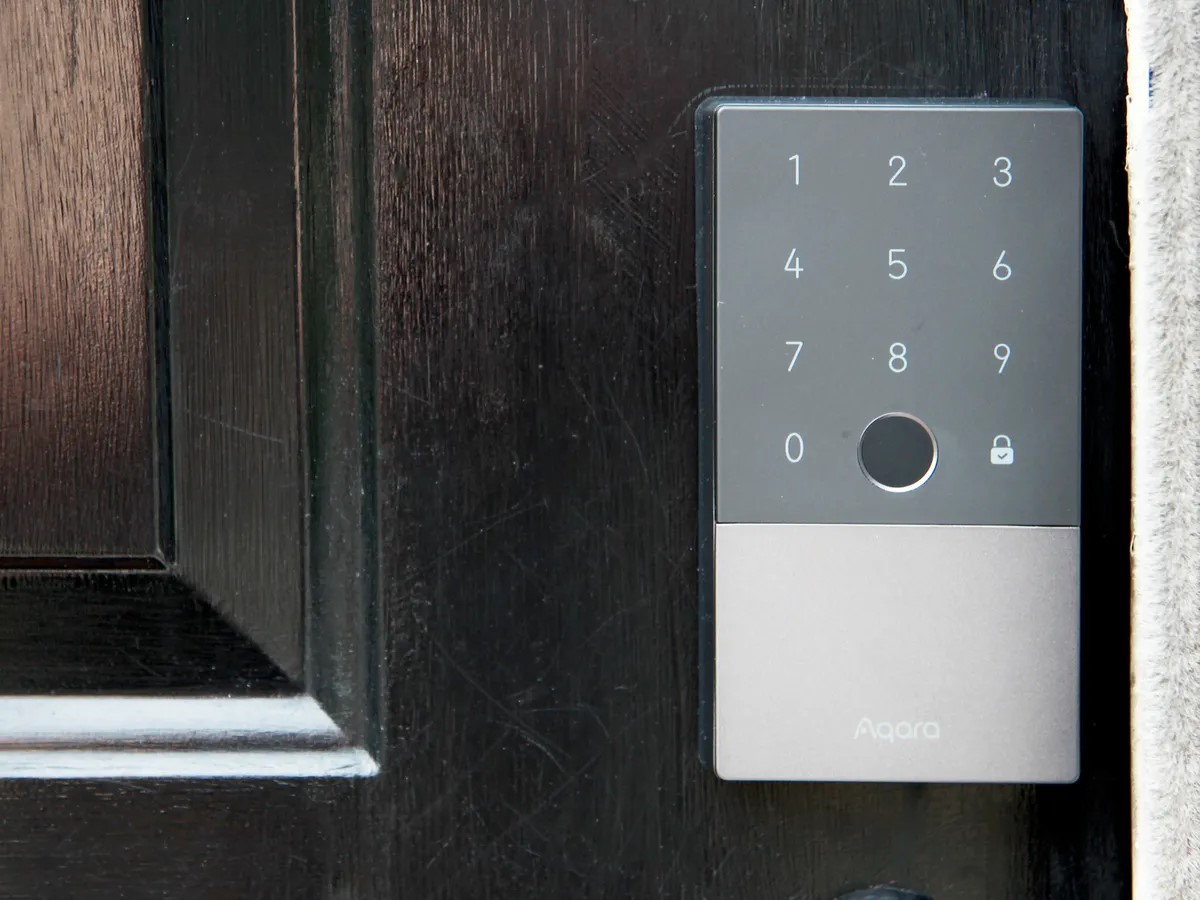
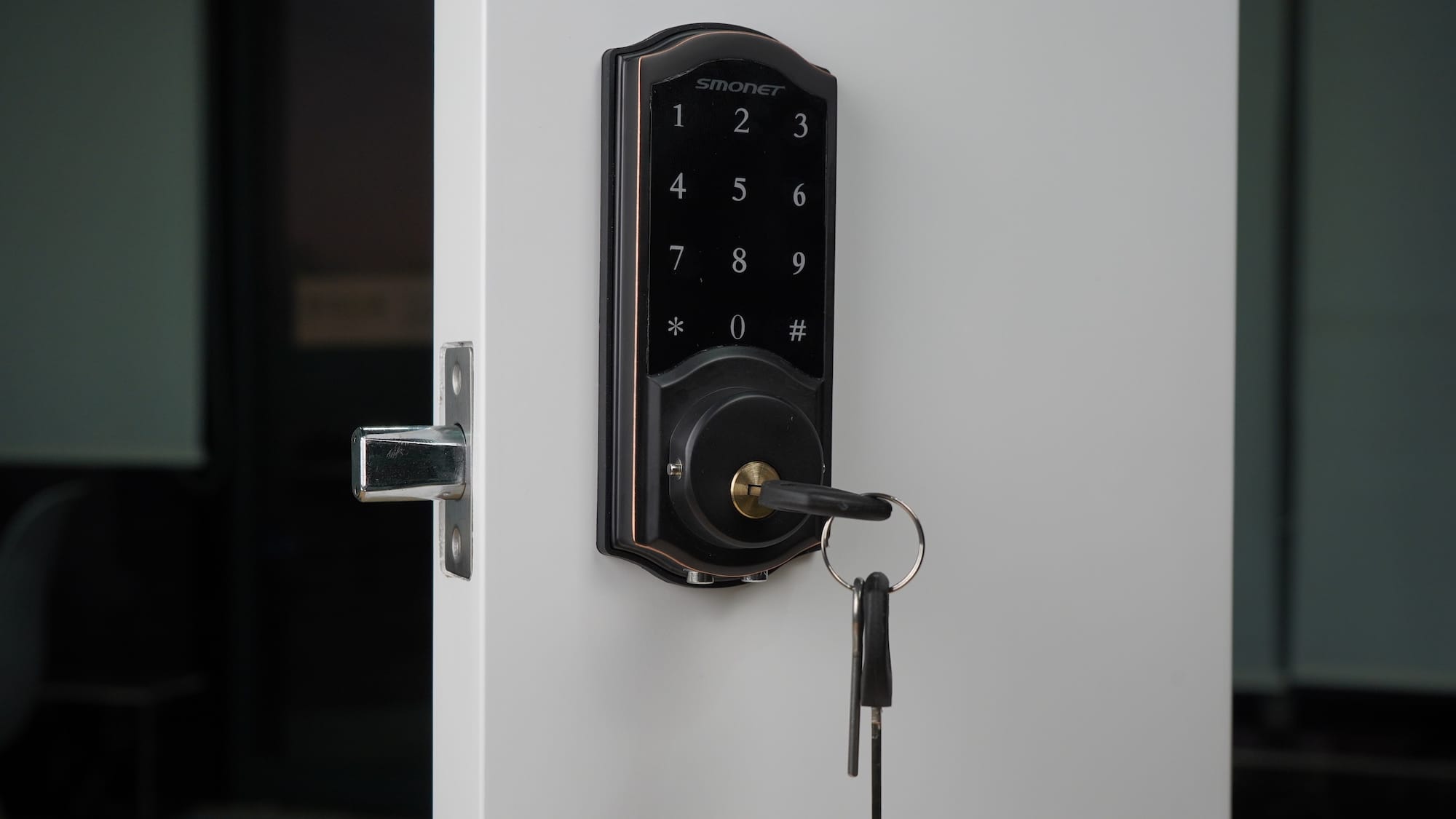
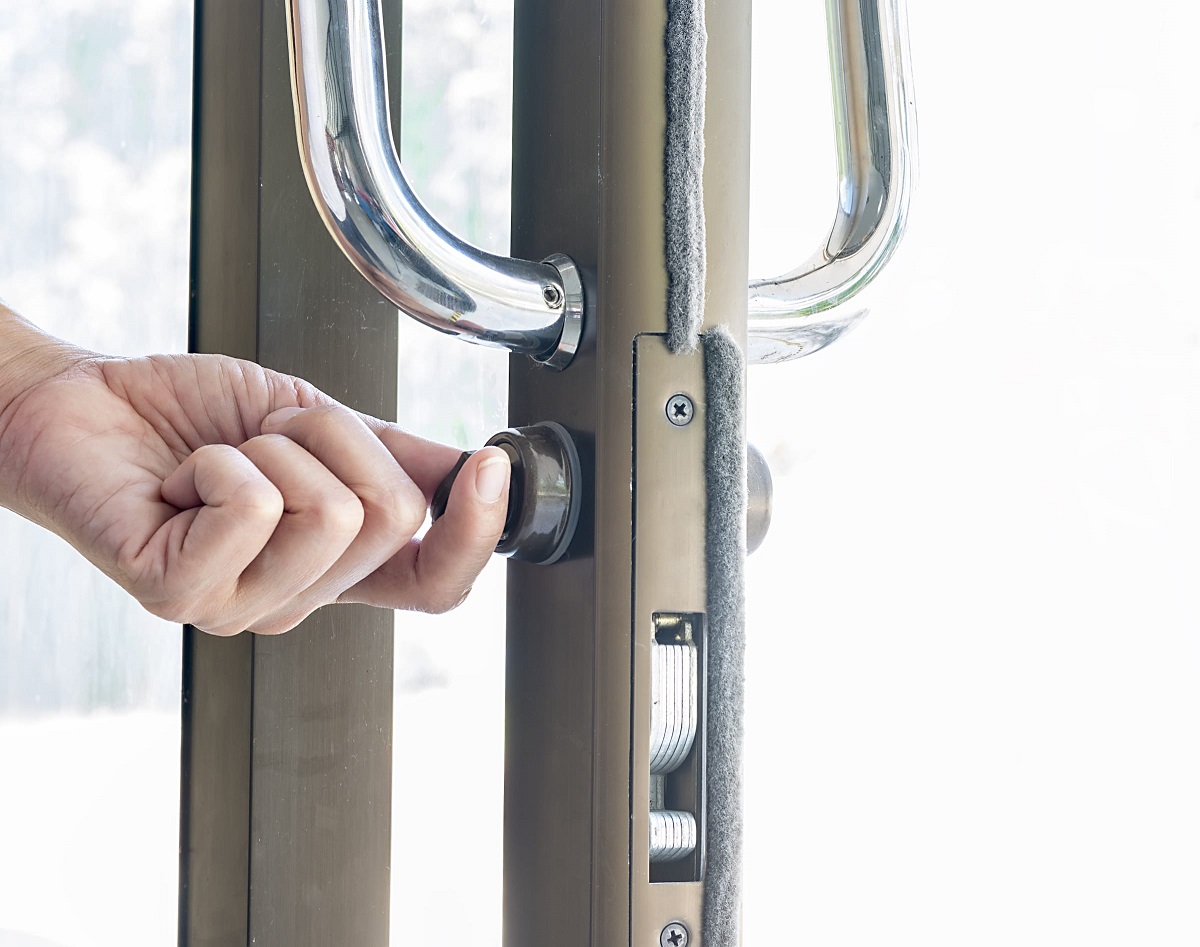
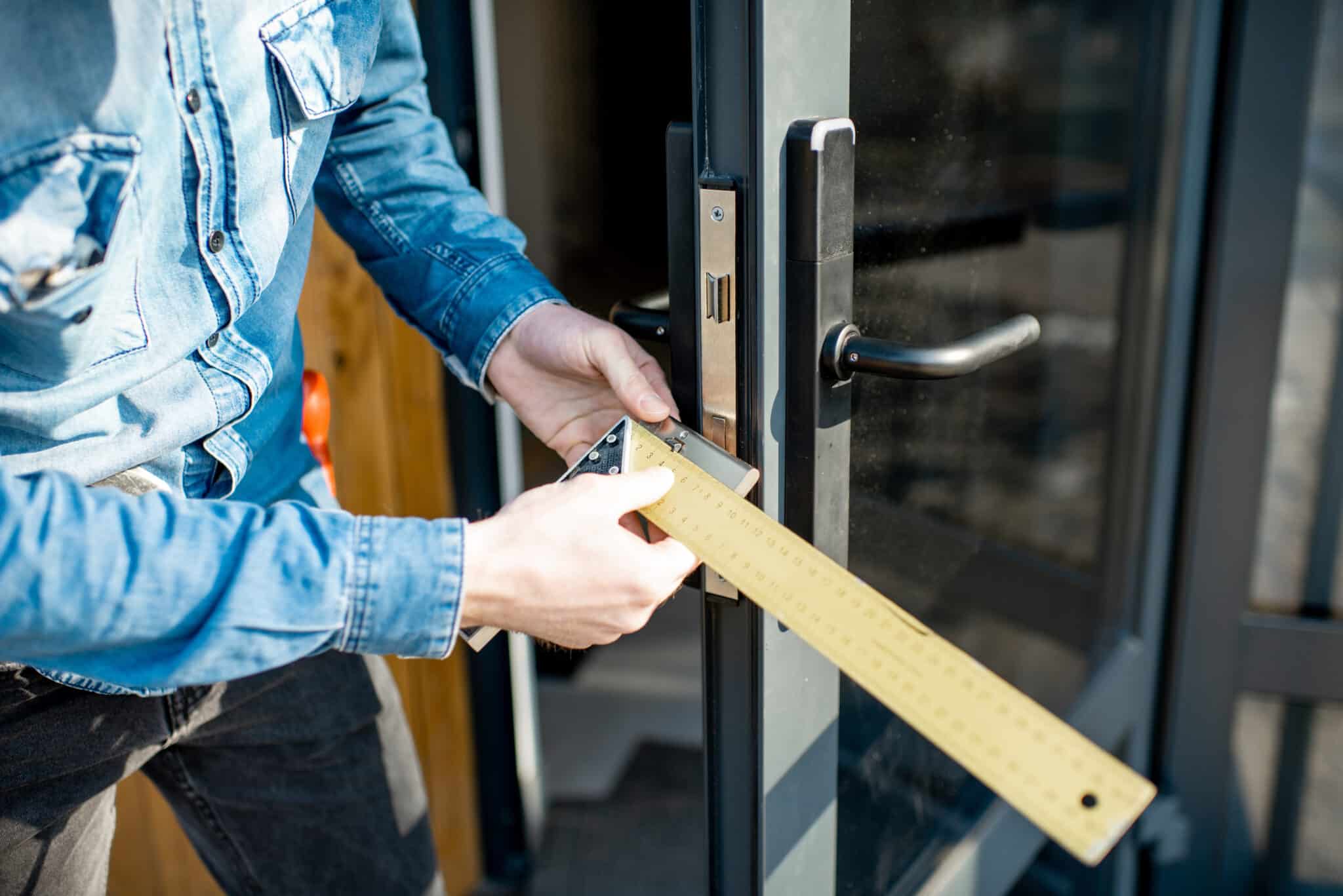
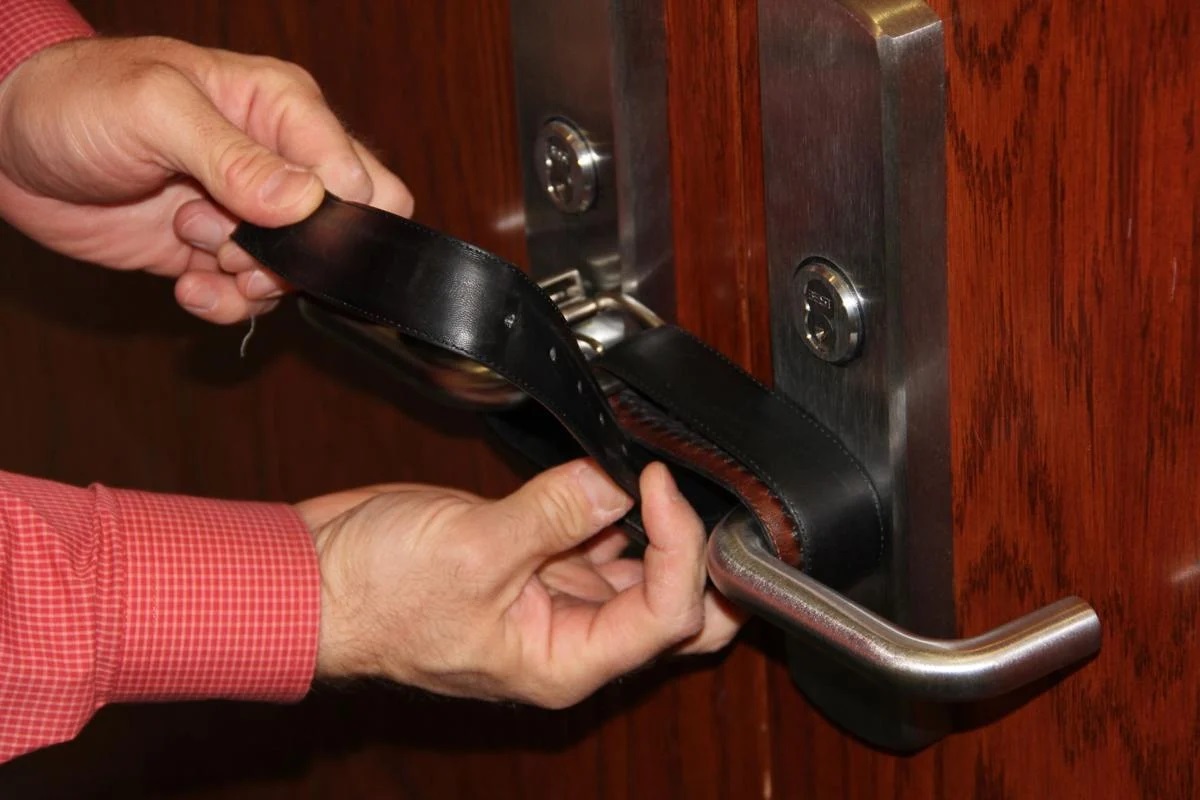
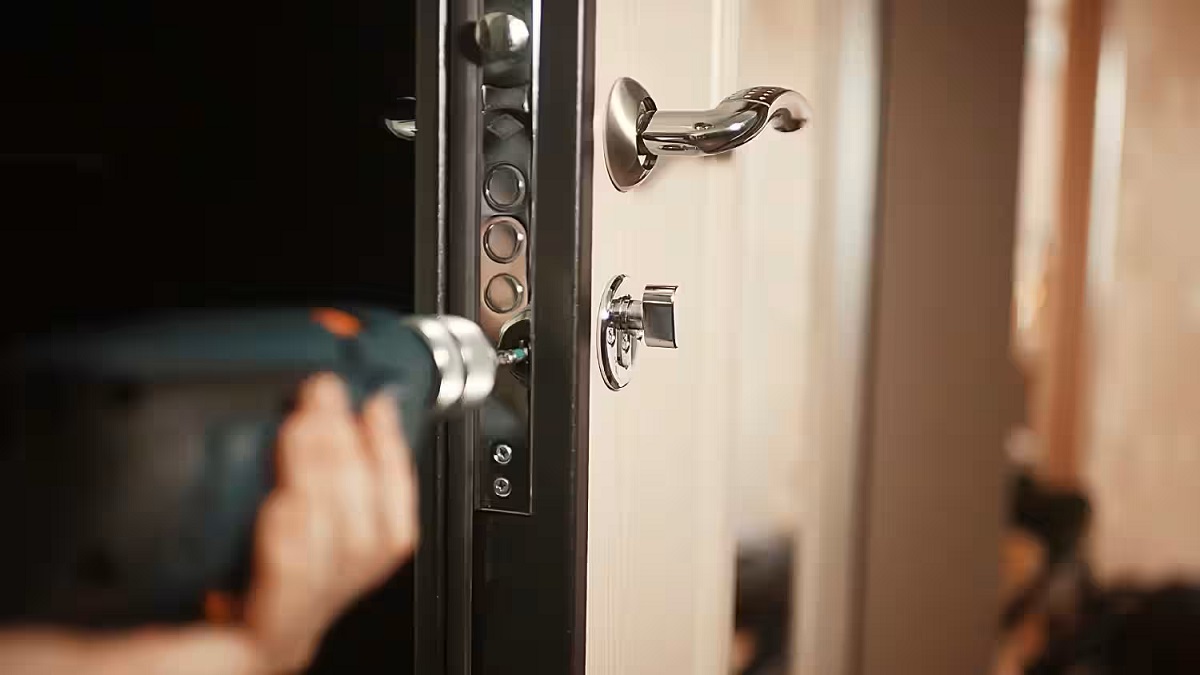
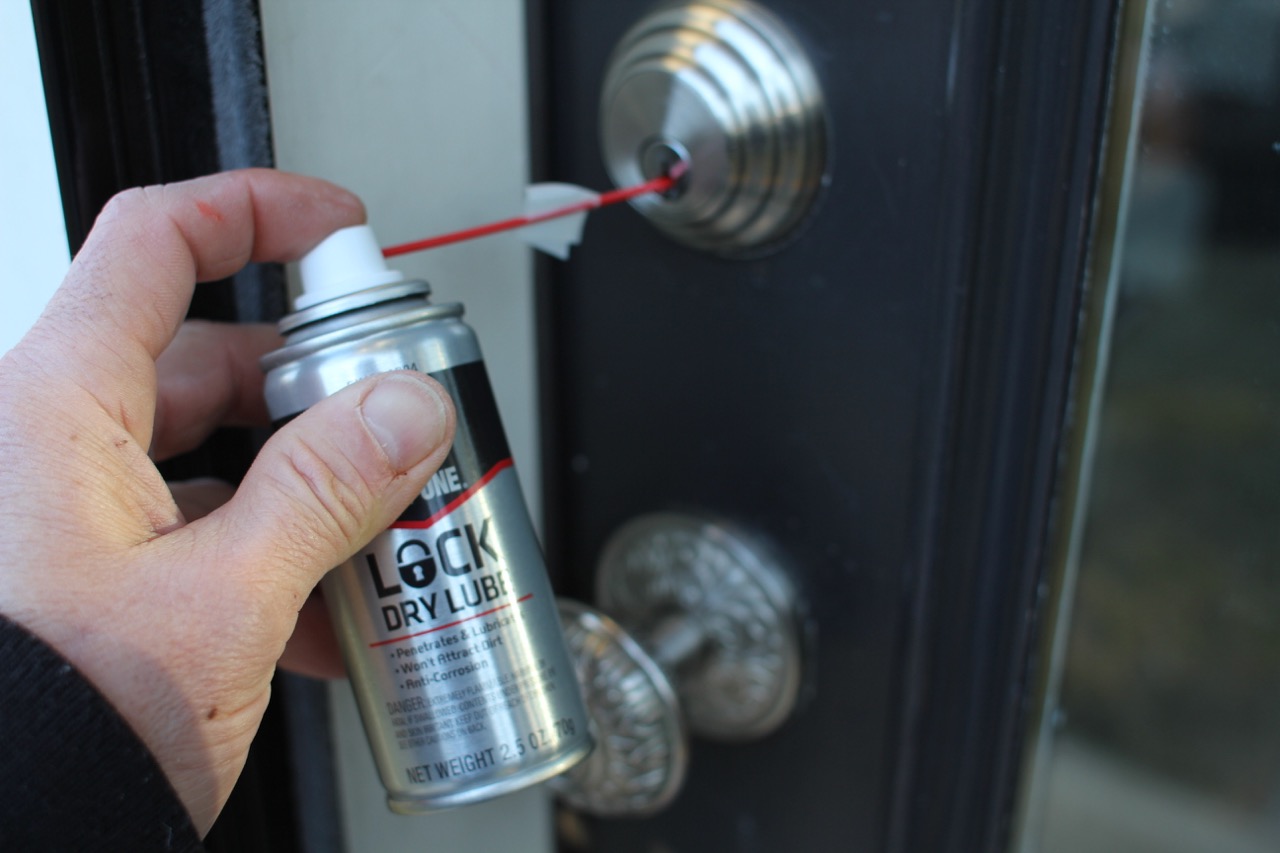

0 thoughts on “How To Lock A Cupboard Door”